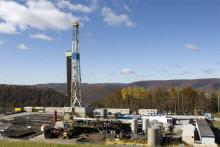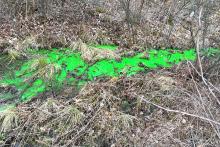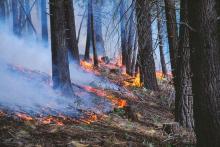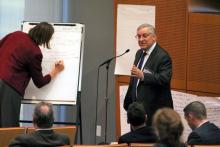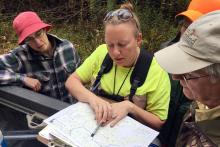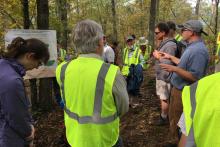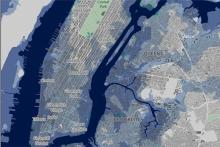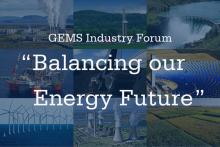A new study of groundwater in a rural Pennsylvania county shows only rare instances of possible gas contamination amid an overall trend of improving water quality despite heavy Marcellus Shale development.
A group of State High students participated in a mock spill event last week simulating what might happen if a contaminate spill reached the stream. The students are part of TeenShale Network, a group of high school students working with Penn State scientists to monitor water quality in local streams around Marcellus Shale development.
Never has the world been better positioned to predict and respond to natural disasters. The stream of data at our fingertips is seemingly endless. But the size of this mounting trove of information in itself poses a problem. For example, running flood calculations for a city facing heavy rains using a century of data is highly accurate. But the calculation is useless if it takes days or weeks to compute.
Controlled burning of forestland helped limit the severity of one of California's largest wildfires, according to Penn State geographers.
Representatives from the state and federal government, the energy industry, environmental groups, and numerous Penn State colleges and campuses came together at Penn State on Nov. 29 for a conference on “Regulatory Approaches to Methane and Other Air Emissions from Unconventional Oil and Gas Operations.”
Volunteers collected water samples in October as part of the annual Snapshot Day, a event organized by Penn State researchers and Trout Unlimited to help us better understand baseline water quality in Pennsylvania.
The 82nd annual Field Conference of Pennsylvania Geologists was held in October at Penn State. Professional geologists from across the state traveled to learn about the latest geology research happening in the state.
Rising sea levels caused by a warming climate threaten greater future storm damage to New York City, but the paths of stronger future storms may shift offshore, changing the coastal risk for the city, according to a team of climate scientists.


